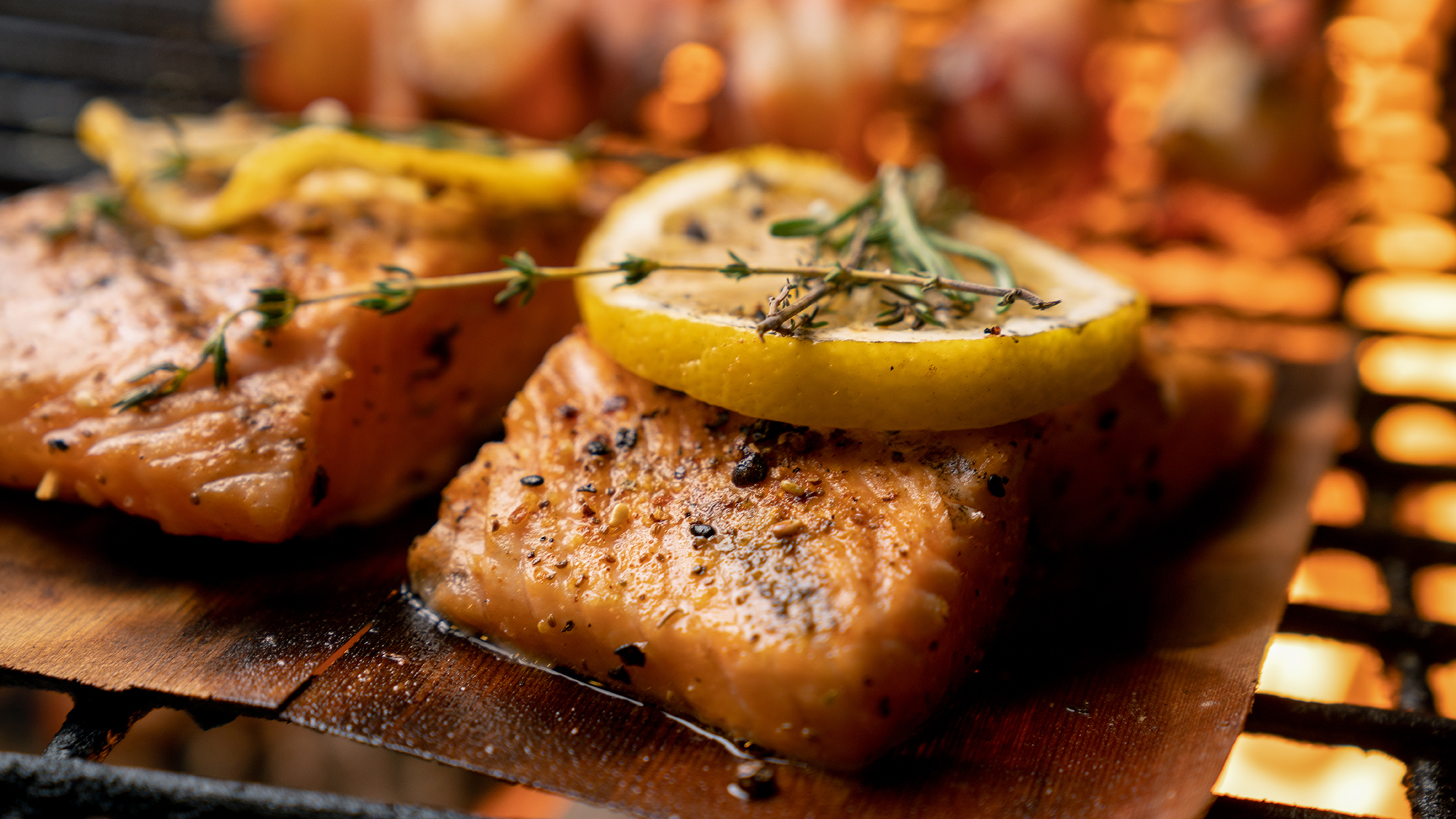- The natural gas conversion kit (specific to your grill model)
- Adjustable wrench
- Drill with appropriate bits (if necessary)
- Natural gas-rated hose
- Gas shut-off valve
- Pipe thread sealant or yellow Teflon tape (for gas lines)
- Soapy water solution (for leak testing)
Get on-demand gas from your grill and ditch refilling your propane tank.
There are few things more frustrating than when you’re ready to grill up some meats only to go outside, attempt to fire up the grill, and have the flames sputter to nothing, thanks to an empty propane tank. Even worse – make the trek to the grocery store while your guests sip their drinks and glare at half-cooked burgers. How do we stop this from ruining coveted BBQs this summer? Converting your propane grill to natural gas.
Before you start, it’s important to note that not all gas grills can be converted to natural gas. It’s important to check the manual for your grill and see if there are conversion kits available. Getting a conversion kit that’s made for your grill is the best and safest way to convert your propane grill to gas. It’s also the best way to prevent your grill from turning into part of the 4th of July fireworks show.
But don’t worry, we’re here to help walk you through converting your propane grill to one that doesn’t require frequent trips to the grocery store, and how to do it safely.
Convert your propane grill to natural gas: quick steps
- Turn off and disconnect the propane tank
- Remove propane gas components
- Install the natural gas fittings
- Connect natural gas hose
- Connect to the natural gas line
- Check for leaks
- Test your grill
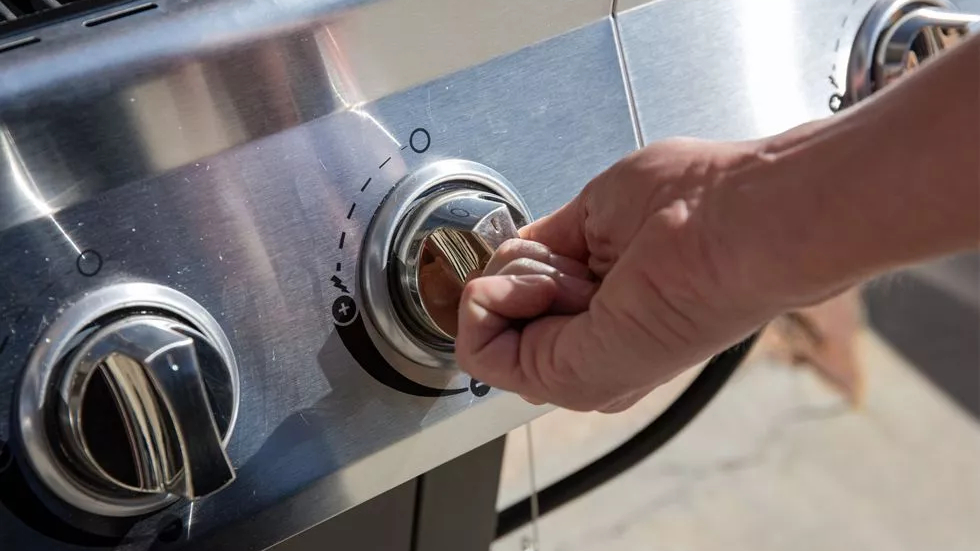
Convert your propane grill to natural gas: step-by-step guide
1: Turn off and disconnect the propane tank
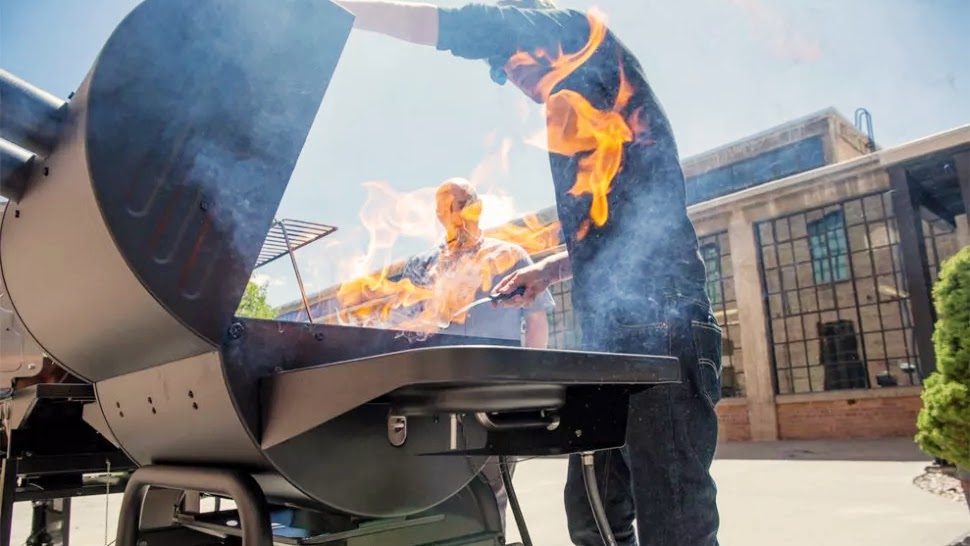
This step is imperative! Before doing anything, and we mean the absolute first thing you should do is turn off your propane supply and disconnect the tank from your grill. Remove the tank from the area so it’s not in the way. If you smell gas at any point, stop immediately and ventilate the area before proceeding.
2. Remove the propane gas components
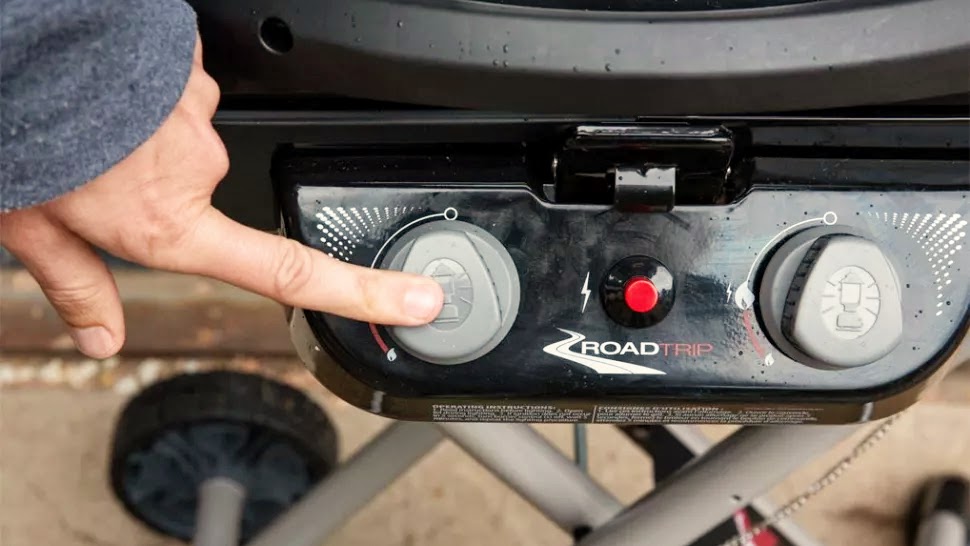
Now that you’ve removed the propane tank and made sure you don’t smell any propane, you can begin removing the propane regulator and hose that connect to your propane tank. These are designed for high-pressure propane use and won’t work with natural gas. Now, it may be clamped on pretty tight, so you may need a wrench to loosen the connections.
Next, locate the small brass fittings (orifices) inside your grill’s burner tubes. Propane burns at a higher pressure than natural gas, so these fittings are smaller. You’ll need to replace them with larger natural gas-compatible fittings, which usually come in the conversion kit.
3. Install the natural gas orifices
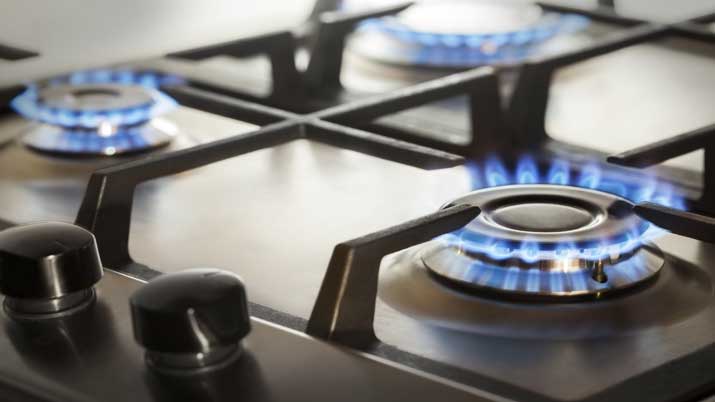
After you’ve removed the old orifices, you’ll then replace them with the natural gas fittings provided in your kit. Make sure they are nicely tightened properly but don’t wrench down on them as hard as possible, or you could strip the fittings.
4. Connect the natural gas hose
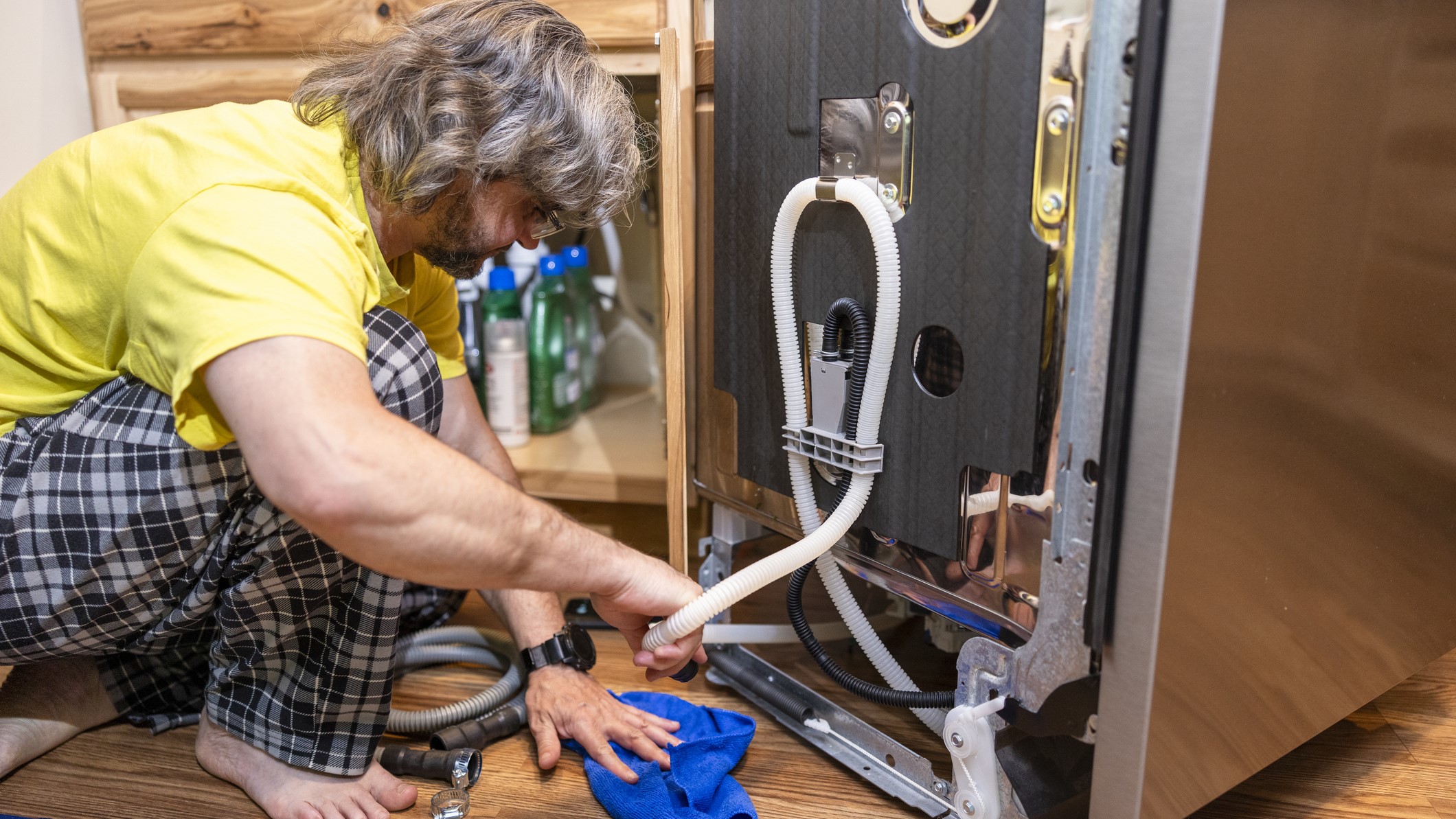
Next, you’ll attach the natural gas hose to your grill’s gas manifold, where the propane regulator was previously connected. Now, you’ll want to apply some pipe thread sealant or yellow Teflon tape on the threads to prevent leaks. And yes, make sure it's the yellow Tephlon tape and not white Plumbers tape. Then you’ll tighten the connections securely using a wrench.
5. Connect to the natural gas line
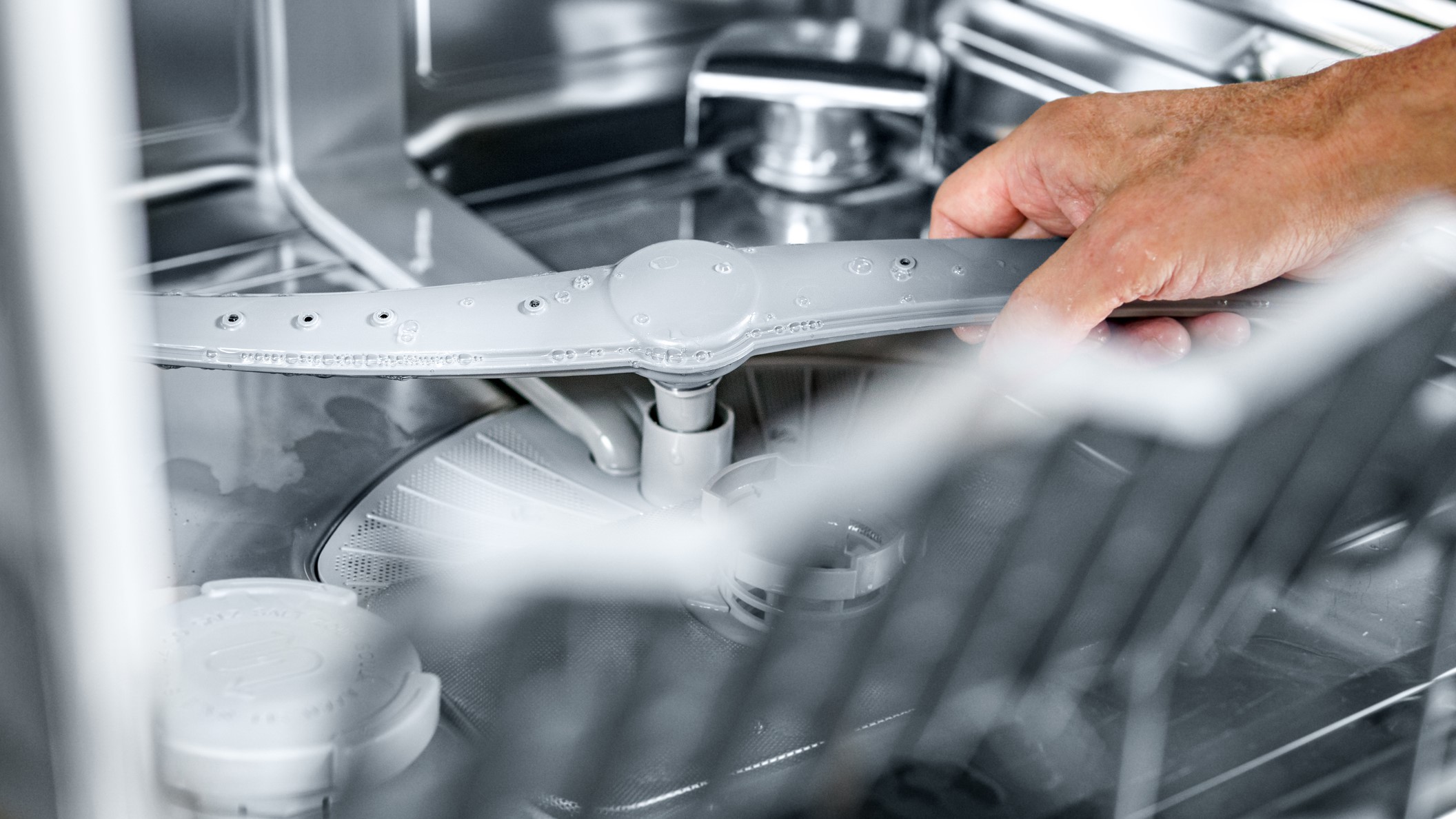
Now it’s time to connect your grill to your home’s natural gas supply. Of course, to this point, it’s been assumed you have a natural gas hookup outside of your home. If you don’t already have a natural gas hookup in your outdoor cooking area, you’ll need to have a professional install one.
When you’re ready, you’ll attach the natural gas hose from your grill to the shut-off valve of your natural gas line. Make sure the valve is in the closed position before making the connection. Again, you want to use thread sealant or yellow Teflon tape and tighten everything securely. This will help prevent a tight seal, which will negate any leaks.
6. Check for leaks
Speaking of leaks, before firing up the grill, you’ll want to check for gas leaks. Do not assume your connections are airtight. This, like step one, is incredibly important to your safety.
Now, to do this, you’ll mix a solution of soapy water – a little bit of dish soap into a cup or bowl of water – and apply it to all gas connections. Slowly turn on the gas and watch for bubbles. If you see bubbles forming, you have a leak. Tighten the connections and test again. If the leak persists, turn off the gas and reapply the sealant or Teflon tape before retesting. If you’ve rewrapped everything and you’re still getting air bubbles, you may need to return your conversion kit to the manufacturer. .
7. Test Your grill
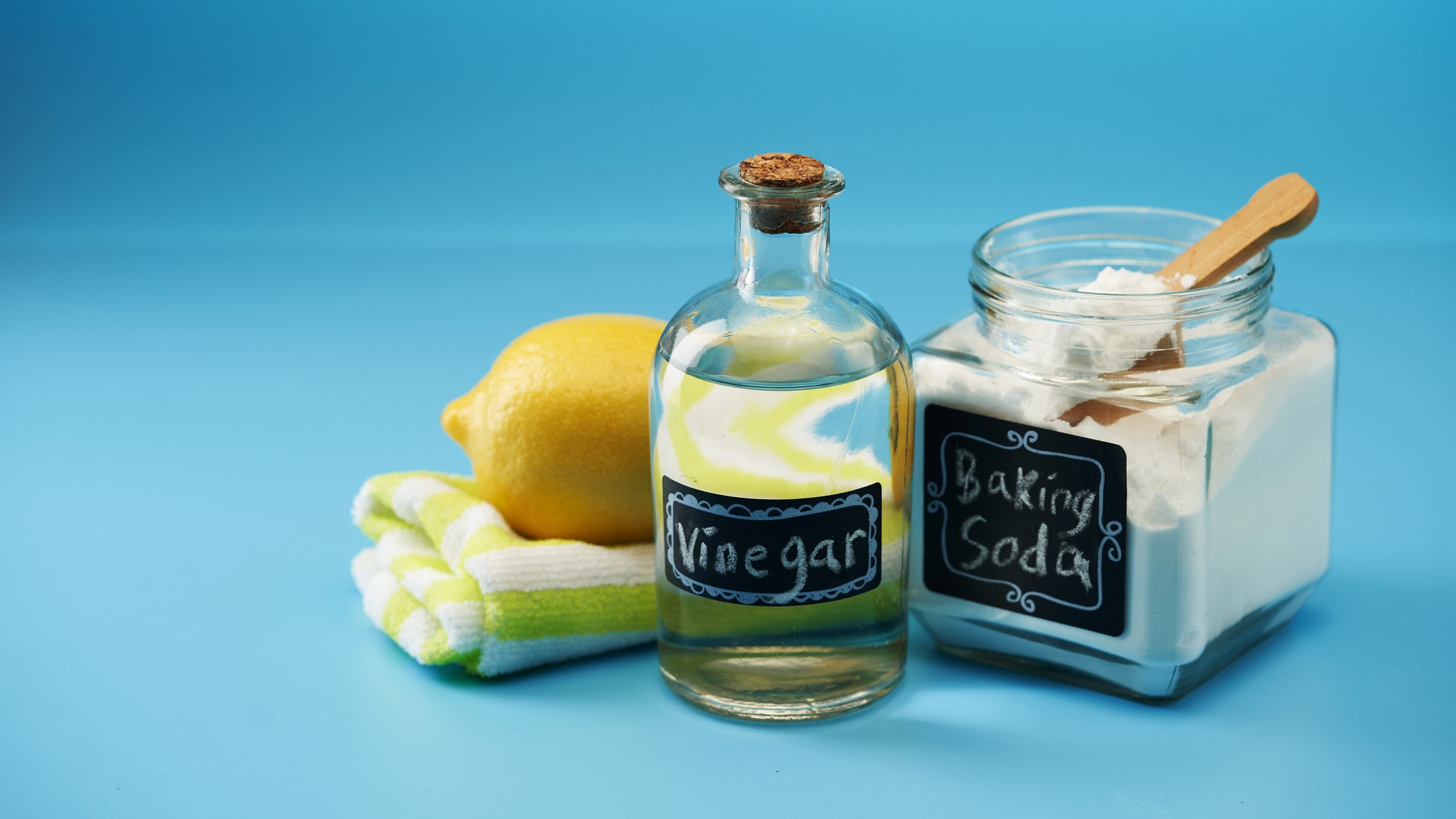
Ok, so now you’ve tested, and there are no leaks. You’re now good to turn on your grill and ignite the burners. Let them run for a few minutes to ensure they’re operating smoothly. Check for even heating and proper flame color. A strong blue flame indicates a successful conversion. And with that, you have propane-free, on-demand grilling available to you whenever you want.
Converting your propane grill to natural gas: FAQs
What should you do if you smell gas?
Turn off your grill immediately, grab some soapy water and check all of your connections for leaks.
How long does a propane tank last with a gas grill?
Well, that depends on the BTU of your grill. The higher the number, the quicker your gas grill can burn through gas. One way to figure this out is a standard sized 20-pound propane cylinder holds approximately 430,000 BTUs. You can take that number and divide it by your grill's BTU number, which should give you a rough estimate on how many hours you can run your grill before it’s time for a refill.
Can you convert any propane grill to natural gas?
No. Although, many do have conversion kits. Read through your grill’s manual to see if a conversion kit is available.
What’s the main advantage of converting your propane grill to natural gas?
No more propane refills. Propane is more expensive than natural gas. In the long run, you’ll save money with a natural gas grill.
Final thoughts
Now that you have a seemingly endless supply of grilling power and ability, just remember to turn off your gas when you’re done cooking. And it’s always a smart idea to air on the side of caution and check for leaks every few grilling sessions. And of course, (we’re going to sound like a broken record here), if you smell gas, turn off the grill. Now, give yourself a high-five for preventing future steaks and burgers that are mooing because you prematurely ran out of gas for your grill.
